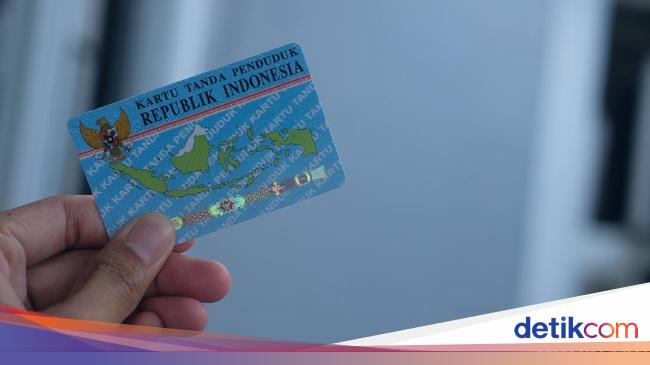A new report has just been released
An essential factor in the context of sustainable development, waste recovery (reuse, recycling, composting) remains the weak link in waste management in Algeria. A report has just been made public by the National Waste Agency (AND)
EBetween 2002 and 2017, an envelope of 88 billion DA was allocated to the waste management sector, according to the 2020 report on the state of waste management in Algeria.
That is 41 billion dinars intended for the acquisition of collection and transport equipment and 37 billion dedicated to the construction of infrastructures (CET, sorting center, waste reception center).
But the observation on the ground, and even the admission of the drafters of this report, the efforts made so far remain insufficient. “These efforts have certainly made it possible to meet the short-term needs of the waste sector in several wilayas”, say the editors of this report.
But by favoring the approach “Health”, “the latter has been shown to be minimal from an economic and social point of view”, acknowledge the authors of this report. In addition to the tiny results, this approach has even compromised the sustainability of investments in the field of waste management.

Construction and public works (BTP) companies are major producers of inert waste (concrete, bricks, tiles, concrete coated with glue, plaster, glass, bitumen, earth and pebbles, insulation materials, floor coverings, etc.) . This production for the year 2020 is estimated at more than 13 million tonnes.
–
“The lack of economic efficiency of the various activities is the weak link in waste management”, we read in this report. Thus, one of the activities generating gains in the field of waste management remains the recovery of the latter. This niche allows the reduction of expenses for a better management of this sector but especially the ecological impact of this waste.

NUMBER OF HOUSEHOLD AND SIMILAR WASTE TREATMENT FACILITIES
The wilayas of Tindouf and Béjaïa are special cases, insofar as the lack of treatment is due to the lack of operational facilities. The Tindouf controlled landfill is oversaturated and the lockers have even overflowed. The Béjaïa CET has been closed since 2016, just after its inauguration, following opposition from citizens.
–
Recycling allows the reduction of waste stored in landfills and the optimization of resources (raw material) and environmental protection. Recycling contributes to economic growth by creating jobs and generating significant financial gains. For example, for the year 2020, the valuation activity generated a value of 78.4 billion dinars.
Plastic tops the list with a value of 43.2 billion dinars, followed by non-ferrous metals with a value of 16.6 billion dinars and ferrous metals with a value of 12.6 billion dinars. The number of employees in this formal activity is 4,813.
Constraints
These figures actually represent only a tiny part of the potential of this sector. The waste recovery sector is very little exploited in Algeria.
The rate of recovery of household and similar waste (DMA) is 9.83% all sectors combined. A rate qualified as “low” by the drafters of this document on the situation of integrated waste management.
It should be remembered that the annual production of waste in Algeria is around 13.5 million tonnes in 2020. A rate which tends to exceed 20 million tonnes in 2035. An inexhaustible source for operators activating in the recovery of waste .

QUANTITIES OF AMD PROCESSED IN ALGERIA BY WILAYA IN 2020:
In 2020, the treated quantity of DMA in CET and DC was evaluated at 6 MT (AND, 2021), i.e. a treatment rate of 45% compared to the total quantity generated, estimated at 13.5 MT. The map above shows the estimated annual quantities of DMA processed by wilaya. It should be remembered that the collection rate at the national level is much lower than 100%, (between 85 and 90% in urban areas and below 70% in rural areas.
–
But the latter are confronted with organizational and institutional constraints, which slow down the development of this sector and cause severe losses on the economic level. The constraints identified in this report relate to access to the deposit.
The methods applied to the sale of waste at the level of treatment facilities do not make the task easier for these operators. The problem of industrial land, particularly in terms of surface area, weighs heavily on sorting, storage and recycling capacity. In addition, there is the operating license.
In this report, we reveal the absence of an operating license for some operators, either through ignorance of procedures or non-compliance with the required standards.
But this report also raises administrative delays. The absence of local labor further complicates the development of this sector, which is not at its beginnings, and this, because of society’s view of this activity. Informal activity also remains an unfair competitor to these operators.

QUANTITY OF SOME TYPES OF WASTE AND HAZARDOUS SPECIALS:
DASRI: waste from healthcare activities with an infectious risk HUA: used food oils
HMU: used engine oils
PU: used tires
BU: used batteries
FHU: used oil filters
WEEE: waste electrical and electronic equipment
–
Post Views:
123
–


